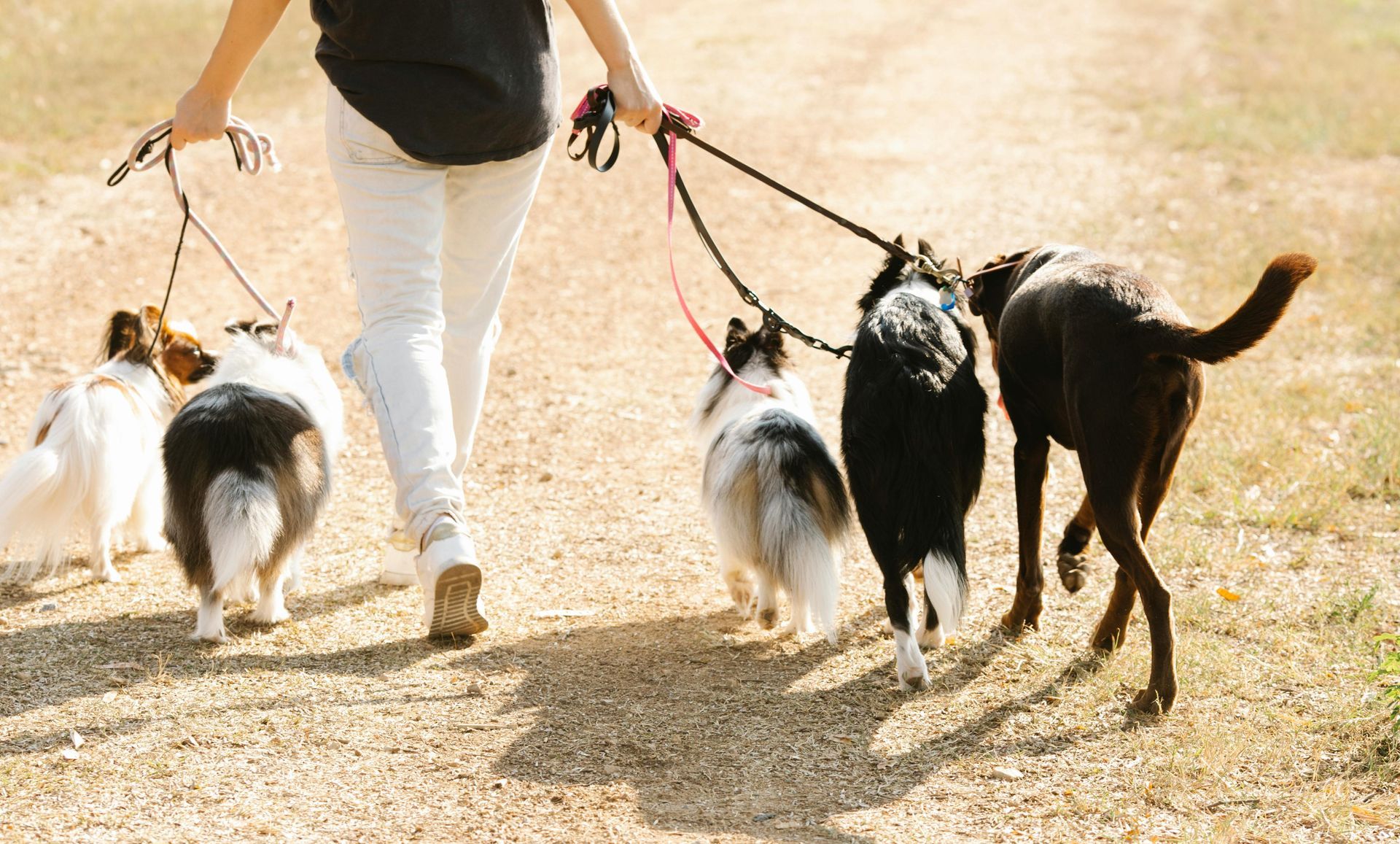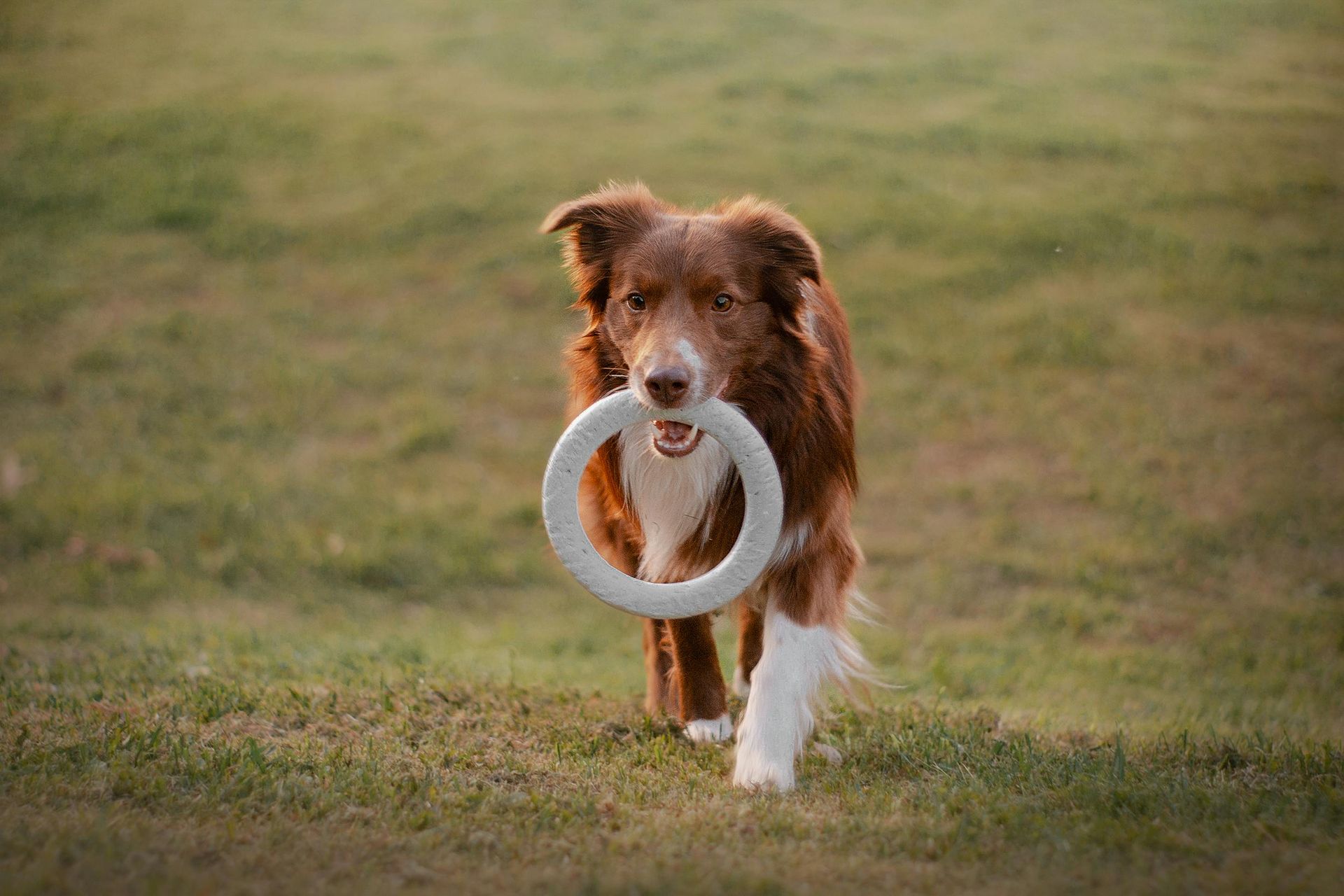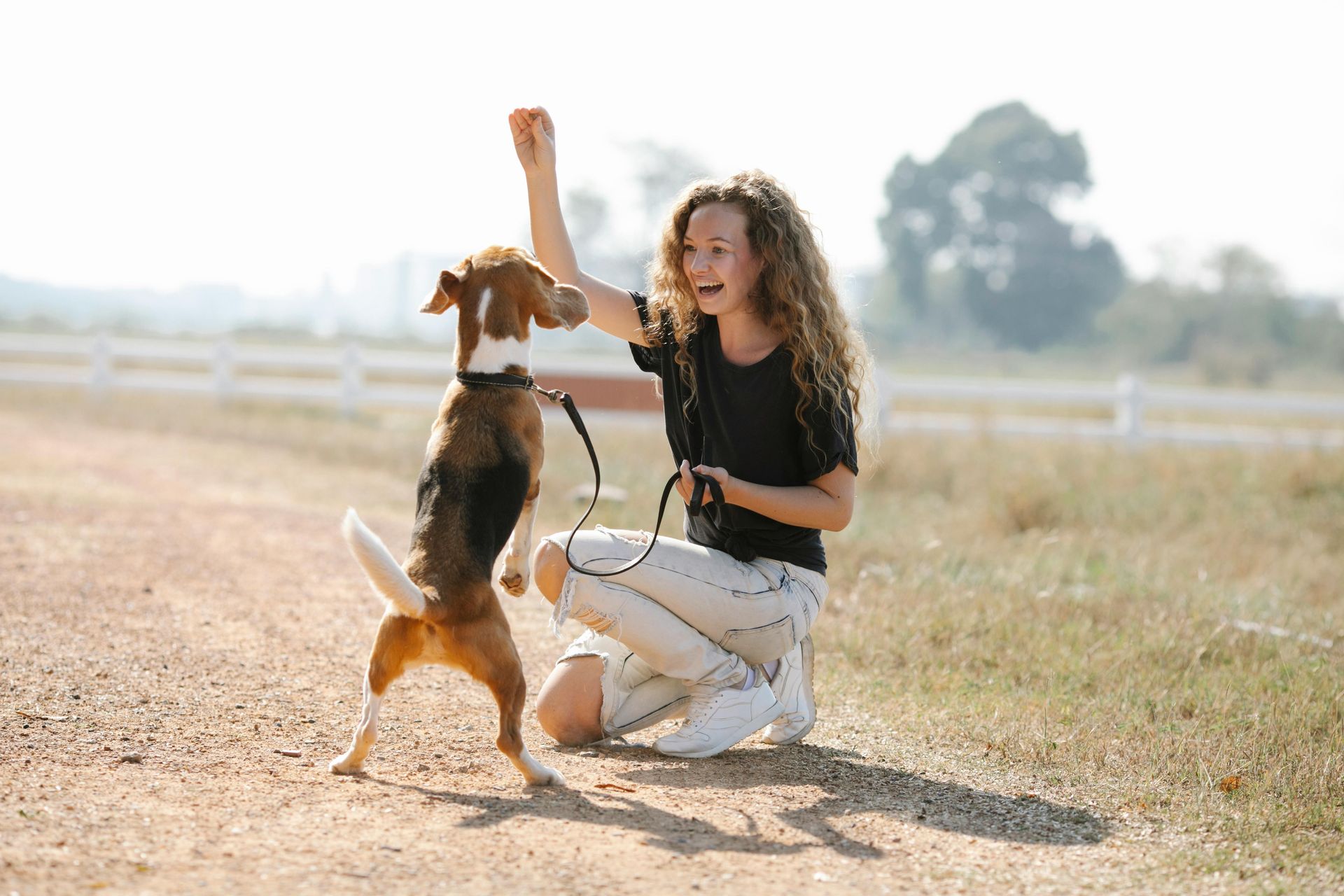Why Coconut Oil is Beneficial for Dogs
Coconut oil is increasingly recognized for its health benefits, not just for humans but for dogs as well. Derived primarily from fresh coconut meat (virgin coconut oil) or dried coconut (refined coconut oil), this oil contains a significant number of medium-chain triglycerides (MCTs), primarily composed of lauric acid, which has numerous health benefits for dogs.
Understanding Coconut Oil and Its Benefits
What is Coconut Oil? Coconut oil consists of about 80-90% saturated fat, allowing it to remain solid at temperatures below 78°F. Despite concerns about saturated fats in diets, the specific fatty acids in coconut oil, like lauric acid, provide various health advantages.
Types of Coconut Oil:
- Expeller-Pressed: This involves mechanically extracting oil with heat.
- Cold-Pressed: Keeps temperatures below 120°F to retain more nutrients.
- Refined: Uses heat and sometimes chemicals like hexane to extract oil from dried coconut, resulting in an oil with a higher smoke point and no coconut odor.
- Partially Hydrogenated: This process extends shelf life but introduces unhealthy trans fats.
Health Benefits for Dogs
- Antifungal Properties: Research has shown coconut oil to be effective against fungal infections, comparable to chlorhexidine, which is used in medicinal dog shampoos.
- Antibacterial Benefits: Coconut oil has shown efficacy against various bacterial strains, including Staphylococcus aureus, making it useful as a topical antimicrobial treatment.
- Pest Control: High concentrations of coconut oil in shampoos can eradicate fleas, ticks, and mites, providing a natural alternative to chemical treatments.
- Wound Care: Coconut oil can promote faster healing of minor wounds due to its ability to increase fibroblast proliferation and neovascularization, which are crucial for tissue repair and the formation of new blood vessels.
- Skin Health: It's beneficial for treating dry skin, dermatitis, and other skin conditions due to its moisturizing properties.
- Paw Care: Regular application can improve the condition of a dog’s paws, preventing cracks and injuries by keeping them moisturized.
How to Use Coconut Oil for Dogs
- Topical Application: Apply a small amount to the affected area for issues like skin irritations, wounds, or dry paws. It's important not to over-apply, as excessive oil can clog pores.
- Oral Administration: Introduce coconut oil gradually to your dog’s diet, starting with about 1/4 to 1/2 the recommended amount to avoid stomach upset. The general guideline is about 1 tablespoon per 30 pounds of body weight per day.
- Choosing the Right Coconut Oil: Opt for organic virgin cold-pressed coconut oil to ensure your dog gets the maximum nutrients without unnecessary additives.
Precautions and Considerations
While coconut oil offers many benefits, it's essential to use it judiciously. Excessive intake can lead to fat-induced health issues like pancreatitis and contribute to obesity due to its high-fat content. Always consult with a veterinarian before adding coconut oil to your dog’s diet, especially if your pet has a history of digestive issues or is overweight.
In summary, coconut oil can be a valuable addition to your dog’s health regimen, offering benefits from skin care to infection control. However, it’s crucial to use it correctly and under the guidance of a veterinary professional to ensure your pet reaps the benefits without any adverse effects.








